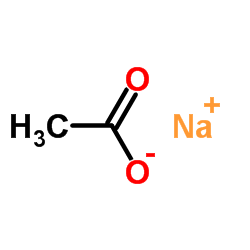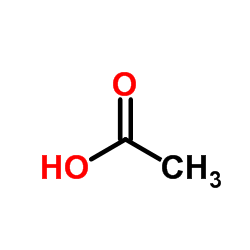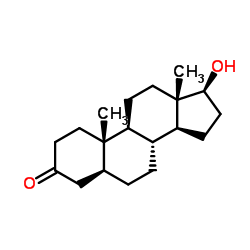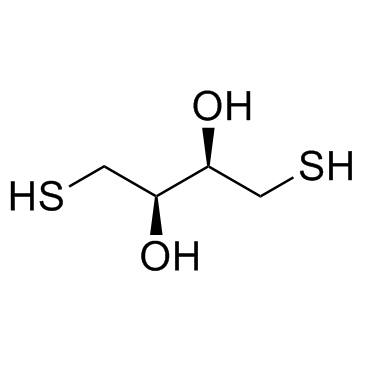| Structure | Name/CAS No. | Articles |
|---|---|---|
 |
Sodium acetate
CAS:127-09-3 |
|
 |
acetic acid
CAS:1173022-32-6 |
|
 |
acetic acid
CAS:64-19-7 |
|
 |
Tricaine methanesulfonate
CAS:886-86-2 |
|
 |
Stanolone
CAS:521-18-6 |
|
 |
DL-Dithiothreitol
CAS:3483-12-3 |
|
 |
Ethylenediaminetetraacetic acid
CAS:60-00-4 |